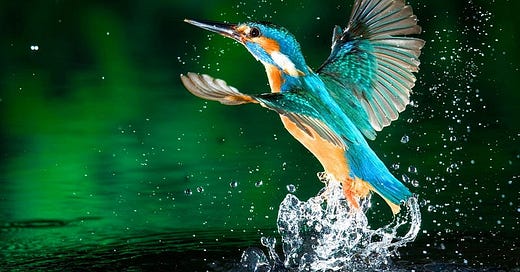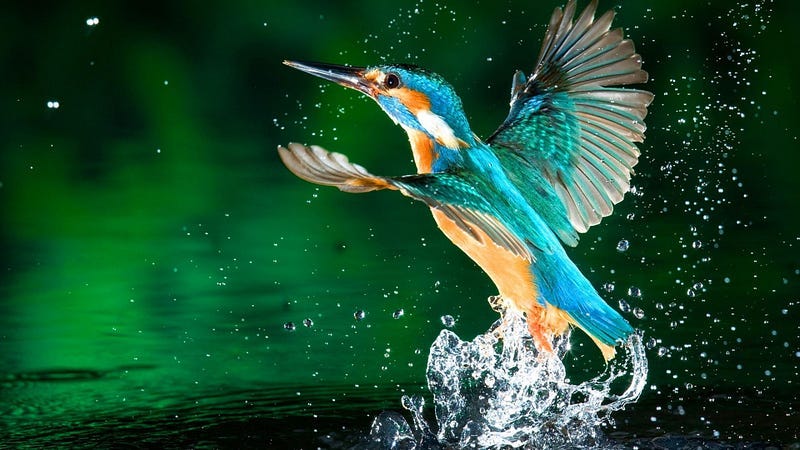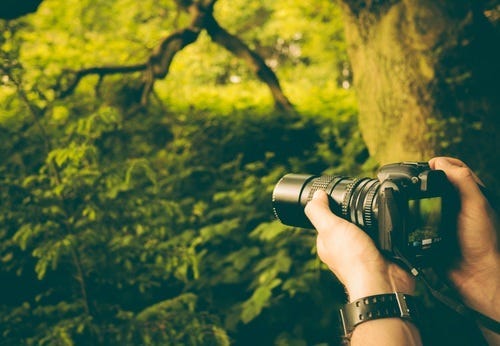The Hidden Beauty Of The Natural World: A Captivating TED Talk You Must Watch Now
“Nature is painting for us, day after day, pictures of infinite beauty if only we have the eyes to see them.” — John Ruskin
“Nature is painting for us, day after day, pictures of infinite beauty if only we have the eyes to see them.” — John Ruskin
How much do we really see of the world around us? We live in a world of unparalleled beauty, which is also so subtle, intricate, and delicate; that it is imperceptible to the human eye.
The world is full of natural beauty that we can see & marvel at, but what about that which is not viewable with the naked eye?
The earth we call home has come about from billions of years of evolution as I’ve touched upon in my earlier post about the “Big History Of The Universe”
Marveling at nature and its glorious sights is something for every human being regardless of whether you’re a nature lover or not.
However, in recent times, accessing places which hold the most beautiful sights is a matter of privilege and not everybody can access those wondrous destinations and places, as recounted in this article by the Guardian:
Nature, as both a place and an idea, has become fraught with issues of privilege. Not everyone can access it, nor can they always afford to romanticise it. As biodiversity plummets, our attention becomes bittersweet, leaving nature lovers trapped in an increasingly tragic love story. Yet for any difficulty we may have in facing up to our collective destruction, writing about nature is booming. As readers, we relish these secondhand wanderings, recounted in gorgeous prose. We witness the author’s wonder, and aspire to similar experiences: the natural world as cure, as balm, as wise mentor; wilderness as a fount of authenticity in which we might find our wilder, realer selves.
Just like reading about nature, we can also turn to photographs, and high definition (HD) videos and footage of nature which allow us to viscerally enjoy the natural world and the nature experience at leisure on our screens.
When it comes to the kind of sights and sounds of nature we can enjoy and absorb and marvel at, there’s the usual kinds of natural imagery we see and can view in usual footage, but there’s also that which we can’t see with our naked eye (which many nature documentary filmmakers usually don’t capture) that is now possible to view because of the progression of technology and the advancement of camera technology in the past decade or so.
There’s truly so much to behold and so much that constitutes the unseen part of our world that we probably wouldn’t pay attention to or know existed until the evolution of cameras to capture their details in super slow motion, high speed, microscopy, timelapse and other such techniques of capturing footage that haven’t been available to us until 15–20 or so years ago.
In a TED Talk, which is by and large the preview showcase of his riveting 3D film called “Mysteries of the Unseen World”, filmmaker Louie Schwartzberg amalgamates state of the art cameras, their strategic placement and experimental filmmaking techniques by going on to push the boundaries of the cameras’ powerful & astounding recording capabilities to the maximum to capture footage which shows us a glimpse of the unseen world in high definition while adding a fitting narrative to it.






